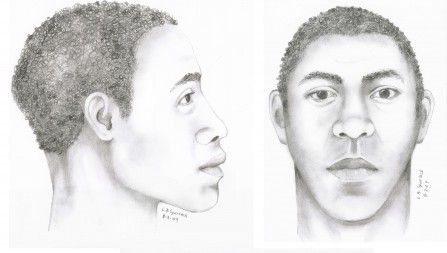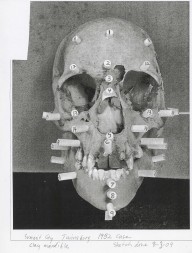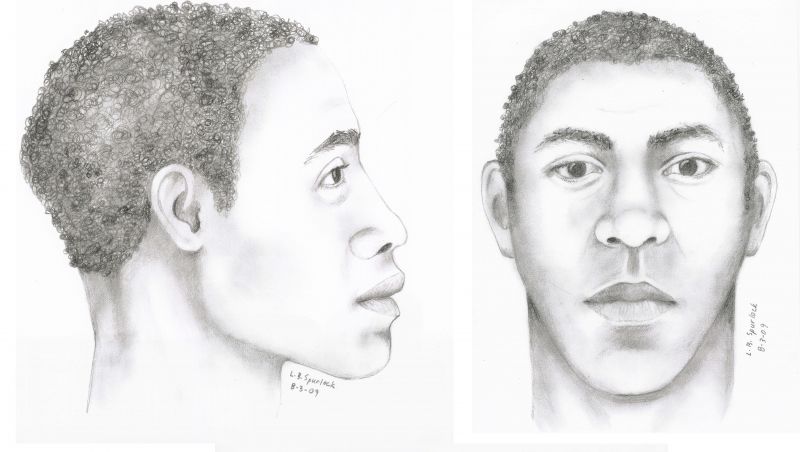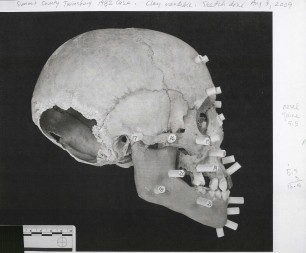
The Twinsburg John Doe case is an especially tough one, and the Summit County Police Department and the Medical Examiner’s office need help identifying this man. No dental records have been found that match his teeth. I hope my facial reconstruction will jog someone’s memory, and that he will be recognized.
Background for Twinsburg Case
The remains of a young adult male were found behind a small factory in Twinsburg, Ohio in 1982. The bones and body parts had been cut up and wrapped in plastic garbage bags and buried. It was believed the man had been dead several years when the remains were discovered. There have never been any leads in the case.
Lawrence Angel, of the Smithsonian Institution, was the first physical anthropologist to examine the bones. He determined the victim was an African American man in his early 20s to mid-30s. He was about 5 feet, 5 inches tall with a slight but muscular build.
Serial killer Jeffrey Dahmer of Bath Township was questioned as a possible suspect for two days in 1991 by investigators from Bath Township Police Department and the Summit County sheriff.
Preparing the skull

The Twinsburg John Doe skeleton was only partial, and the skull was badly damaged on the forehead, nose, back of the head and both mastoid processes (lumps of bone near the ear). It looked like the bones had been injured. Imagining that someone may have died a violent death is very troubling, but this should not influence you to make the subject look ‘sad’ in your facial reconstruction. The people who knew this man probably knew a young, energetic person and shared happier times with him.

